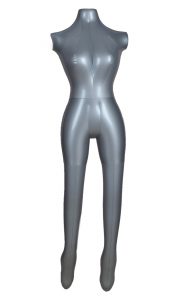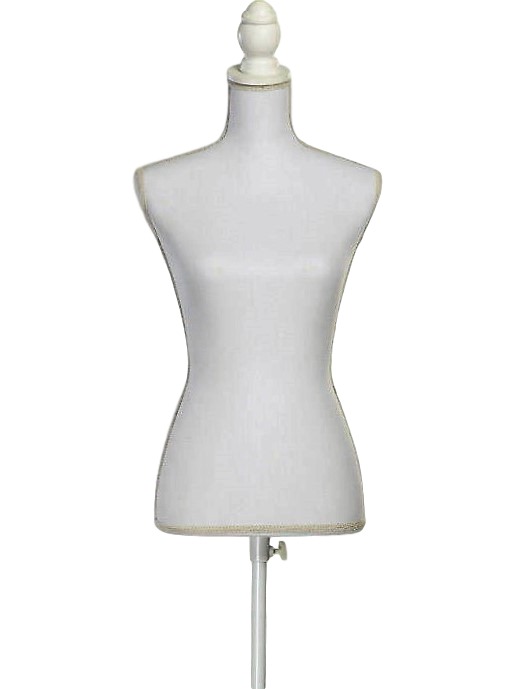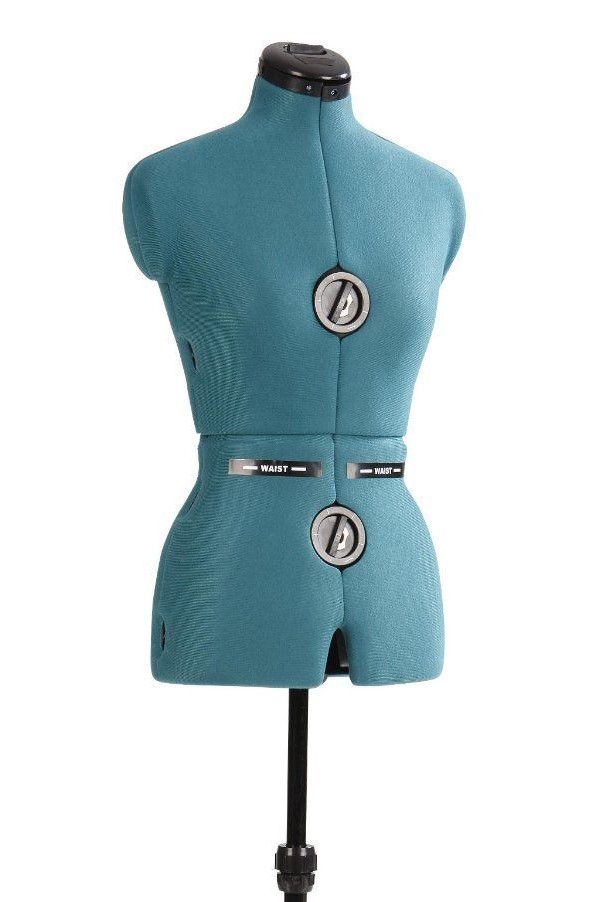Photography is one of the most important components in your online listing toolbox, especially when it comes to clothing. You can describe the item to a T, but without a photo, it is difficult for your customer to imagine how the clothing will fit him or her, or what the exact color, shade style is.
One way to ensure your item stands out among the sea of listings is a well-lit, well-positioned cover photo. Some sellers will use stock photos to achieve this, but unless the item is new – with tags – it is against eBay policy. Also, in the amount of time that you spend searching online for a photo of the item you are selling, you could have taken a slew of photos that show the exact item that is being sold.
Our eBay listing team has spent years researching and testing different lighting techniques. In our blog that we are launching today, we’d like to share our knowledge and save you a lot of time. Look for more eBay Listing Tips in the coming weeks.
Today, we share the first of our best practices to take fabulous photos that will make your item stand out and match buyers expectations when it is finally in their hands:
Take all photos of clothing on a mannequin or dress form.
Which is faster to draw your attention when walking through a department store: the items displayed on a mannequin or those hanging on a rack? You can quickly determine the length, style, and fit when you see clothing on a mannequin as opposed to laid across a chair or on the floor.
Since a mannequin is a representation of the human body, you can get a good idea if the skirt hugs your body or flares out, how low the neckline really is, along with where certain details end up when being worn. There are many different options for mannequins, and your selection all depends on budget, versatility, and desired look.
Inflatable Mannequin (efficient storage)
If you are on a tight budget, just starting out, or have limited working space, an inflatable mannequin is a great option. You can buy one on eBay or Amazon for as little as $15. It is lightweight and easy to move around and dress without assistance. One advantage that other mannequins don’t have is that it can be deflated when not in use, so it takes up as little room as possible.
Other advantages include having a softer body so that it can fit items as small as size double zero. Most options have legs that make photographing pants or jeans a breeze. A disadvantage is that most inflatable mannequins are held up using a loop or hook at the top, making it hard when dressing items that are usually pulled over the head, such as dresses and blouses. Also, because it’s the hanging from above and not standing on the ground, they have a tendency to spin and not stay in the exact position that you leave them.
Plastic- and Hard-Form Mannequins (floor stand)
For around $50, you can find a plastic- or hard foam-bodied mannequin that attaches to a floor stand and is covered in a thin stretchy fabric that can be replaced or changed out if needed. It comes in any fabric or color you can imagine. While colorful or patterned mannequins might seem like a fun pop of color, it can distract the eye from what really matters (the article for sale) or even reflect the mannequin color onto the clothing item. A solid white cover is suggested as it will not clash with any color item and practically blends into the background. The only thing that should catch the buyer’s eye is the item they are considering buying!
While they may all look pretty similar, there are multiple things to consider when selecting a standing mannequin. A foam-bodied mannequin has the ability to pin baggier items back to show as flattering of a fit as possible. Many of the plastic-bodied mannequins come with two holes in the bottom to attach to the stand. The center hole is used for most items and the off-centered hole is perfect for pants since the stand pole will be hidden within the leg opening.
Adjustable Dress Form (most adjustable)
A third option is the adjustable dress form. It was originally created for seamstresses and tailors to adjust to the customer’s exact measurements. You can adjust the dials to increase and decrease the size of the bust, waist, and overall body. The advantage of being adjustable is that the dress form can be made to fit many different sizes. The downfall of being adjustable is that it takes a few minutes to adjust each time you change the size. It is also the least attractive of all the options. When you make the form larger, it leaves empty spaces between each slat. It is also the most expensive of the options and can be heavy and bulky.




